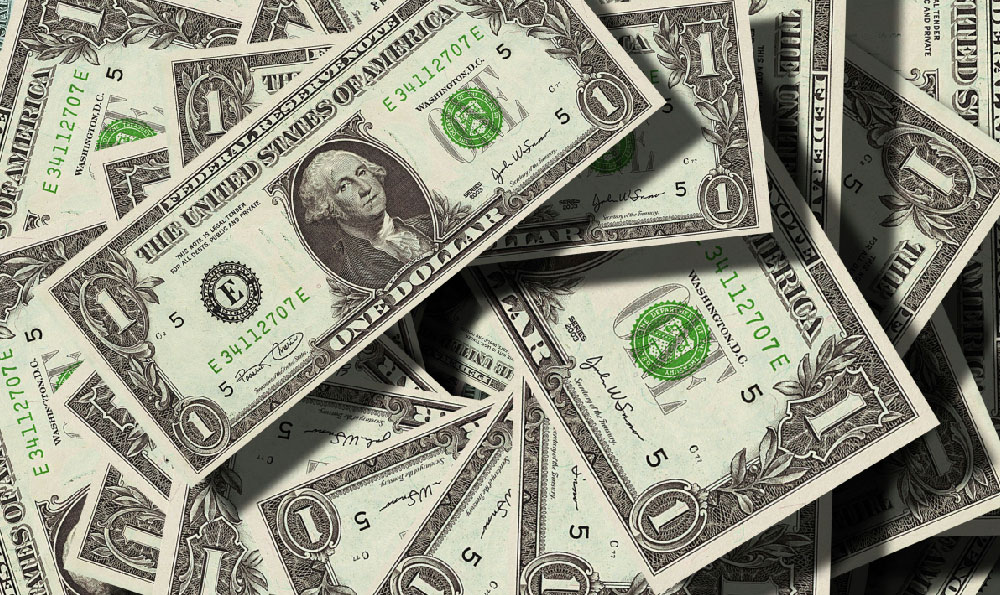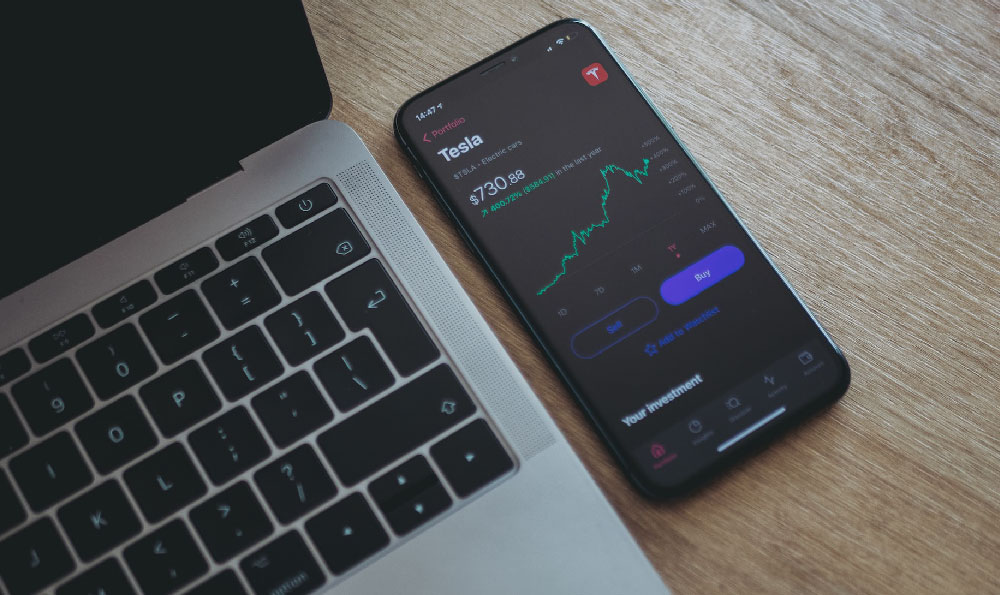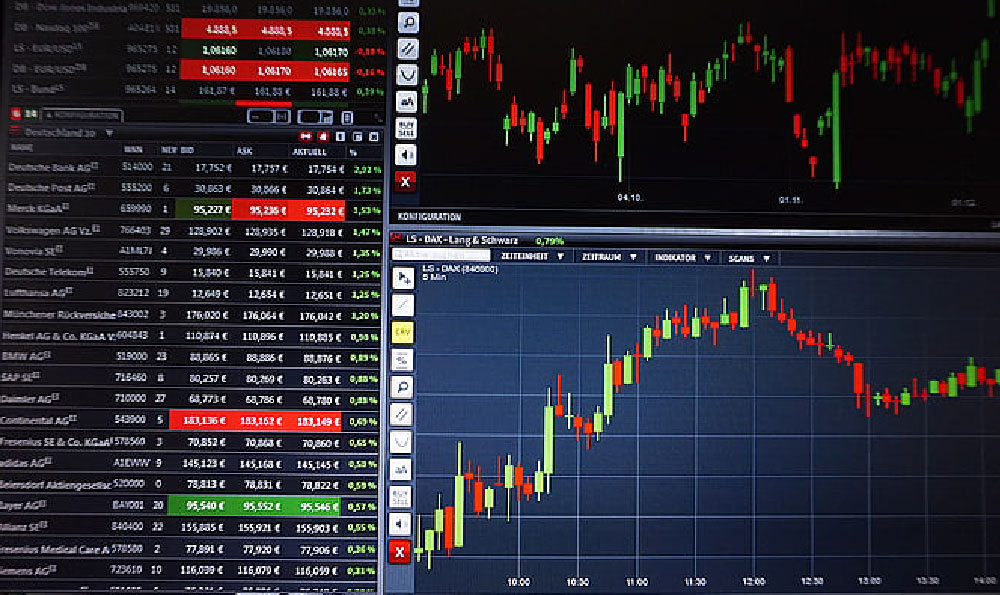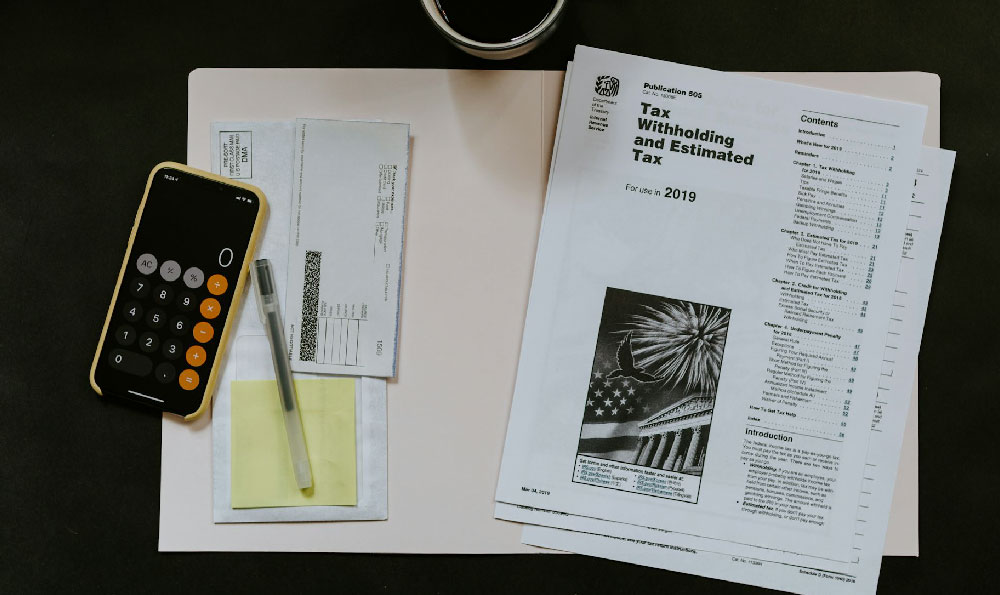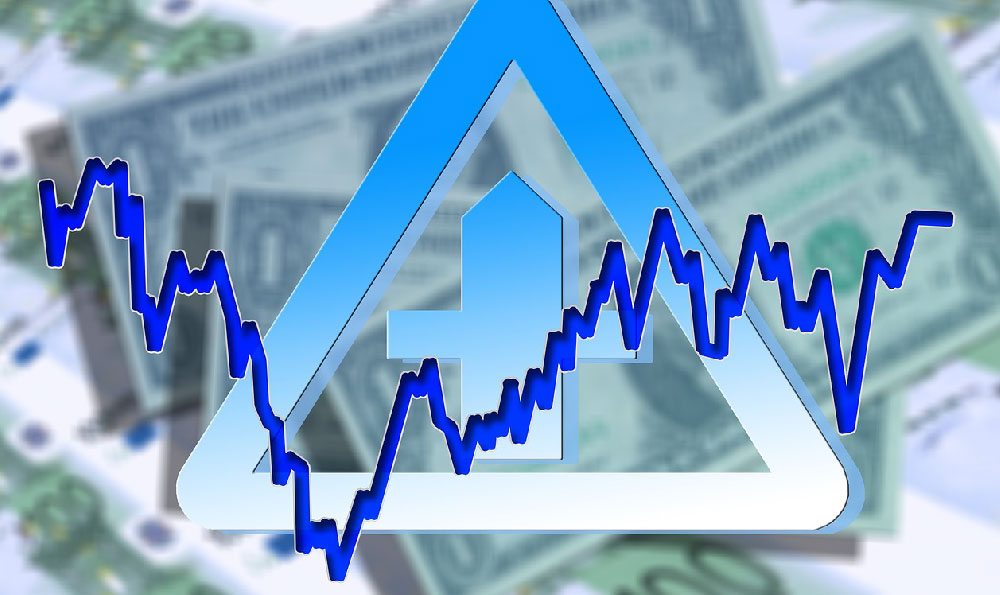How to Monetize Your YouTube Channel: What Strategies Work, and Which Ones Don't?
Turning your passion for creating YouTube content into a sustainable source of income is a dream for many, but navigating the world of YouTube monetization can feel like navigating a complex maze. There are numerous strategies touted online, some legitimate, others less so. Successfully monetizing your channel requires a strategic approach, an understanding of YouTube's policies, and a willingness to adapt to the ever-changing landscape of online video.
One of the most common and arguably the most straightforward method for monetizing your YouTube channel is through the YouTube Partner Program (YPP). To qualify for the YPP, you need to meet specific requirements: have at least 1,000 subscribers and 4,000 valid public watch hours in the past 12 months. Once accepted, you can enable monetization on your videos and earn revenue from advertisements displayed before, during, or after your content. The amount you earn depends on several factors, including the ad format, the geographic location of your viewers, and the topic of your videos. Some niches are naturally more attractive to advertisers and therefore yield higher CPMs (cost per mille, or cost per thousand views) and RPMs (revenue per mille, or revenue per thousand views). For example, finance, business, and technology channels tend to command higher ad rates than gaming or entertainment channels.
However, relying solely on ad revenue can be precarious. Ad revenue fluctuates, and demonetization issues can arise if your content violates YouTube's advertising guidelines, even unintentionally. To diversify your income streams, consider alternative monetization strategies. Affiliate marketing involves partnering with brands and promoting their products or services in your videos. You include a unique affiliate link in your video description, and when viewers click on the link and make a purchase, you earn a commission. This method can be highly lucrative if you promote products or services that are relevant to your audience and that you genuinely believe in. Transparency is key; always disclose that you are using affiliate links to maintain trust with your viewers.

Another powerful monetization strategy is selling merchandise. If you've built a loyal fanbase, consider creating branded merchandise such as t-shirts, mugs, stickers, or phone cases. Promoting your merchandise in your videos and providing links to your online store can generate significant revenue. Platforms like Printful and Spreadshirt offer print-on-demand services, which eliminate the need for upfront inventory costs. They handle the printing and shipping of your merchandise, allowing you to focus on creating content.
Channel memberships offer another avenue for monetization. With channel memberships, viewers pay a recurring fee to access exclusive perks, such as behind-the-scenes content, early access to videos, custom emojis, and live chats with the creator. To offer channel memberships, you need to meet specific eligibility requirements beyond the YPP requirements, including having over 1,000 subscribers and being in good standing with YouTube. Channel memberships foster a sense of community and provide a stable source of recurring revenue.
Super Chat and Super Stickers are features that allow viewers to purchase highlighted messages in live chats during live streams or premieres. These features are particularly effective for channels that frequently host live events or engage with their audience in real-time. Super Chat and Super Stickers provide a direct way for viewers to support your channel and stand out from the crowd.
Crowdfunding platforms like Patreon offer another way for viewers to support your channel financially. You can create different membership tiers with varying levels of perks and rewards. Patreon allows you to build a more intimate relationship with your most dedicated fans and provide them with exclusive content and experiences in exchange for their support.
Many creators also offer online courses or workshops related to their niche. If you have specialized knowledge or skills, creating and selling online courses can be a highly profitable venture. Platforms like Teachable and Thinkific make it easy to create and host online courses, while YouTube can serve as a powerful marketing tool to promote your courses.
Now, let's address some strategies that are often ineffective or even detrimental to your channel. Buying subscribers or views is a common temptation, but it's a short-sighted approach that can harm your channel in the long run. YouTube's algorithm is designed to detect artificial engagement, and purchasing fake subscribers or views can lead to your channel being penalized or even terminated. Furthermore, fake subscribers and views don't translate into genuine engagement or revenue.
Clickbait titles and thumbnails may attract initial attention, but they often lead to disappointed viewers and decreased watch time. If your content doesn't deliver on the promise of your clickbait title or thumbnail, viewers are likely to click away quickly, which signals to YouTube's algorithm that your content is not engaging. This can negatively impact your video's ranking and visibility.
Ignoring your audience is another surefire way to hinder your channel's growth and monetization potential. Engaging with your viewers, responding to comments, and incorporating their feedback into your content is crucial for building a loyal community. Building a strong relationship with your audience is essential for long-term success on YouTube.
Finally, failing to adapt to changes in YouTube's algorithm and policies can also be detrimental. YouTube is constantly evolving, and it's important to stay up-to-date on the latest best practices and guidelines. Regularly analyzing your channel's analytics and experimenting with different strategies can help you optimize your content and maximize your monetization potential.
In conclusion, successfully monetizing your YouTube channel requires a multifaceted approach. Diversifying your income streams, building a strong community, and consistently creating high-quality content are essential for long-term success. While ad revenue remains a significant source of income for many creators, exploring alternative monetization strategies such as affiliate marketing, merchandise sales, channel memberships, and online courses can provide greater financial stability and creative freedom. Avoid deceptive practices and prioritize building genuine connections with your audience. By focusing on creating valuable content and adapting to the ever-changing landscape of YouTube, you can turn your passion into a sustainable source of income and achieve your goals as a creator.
